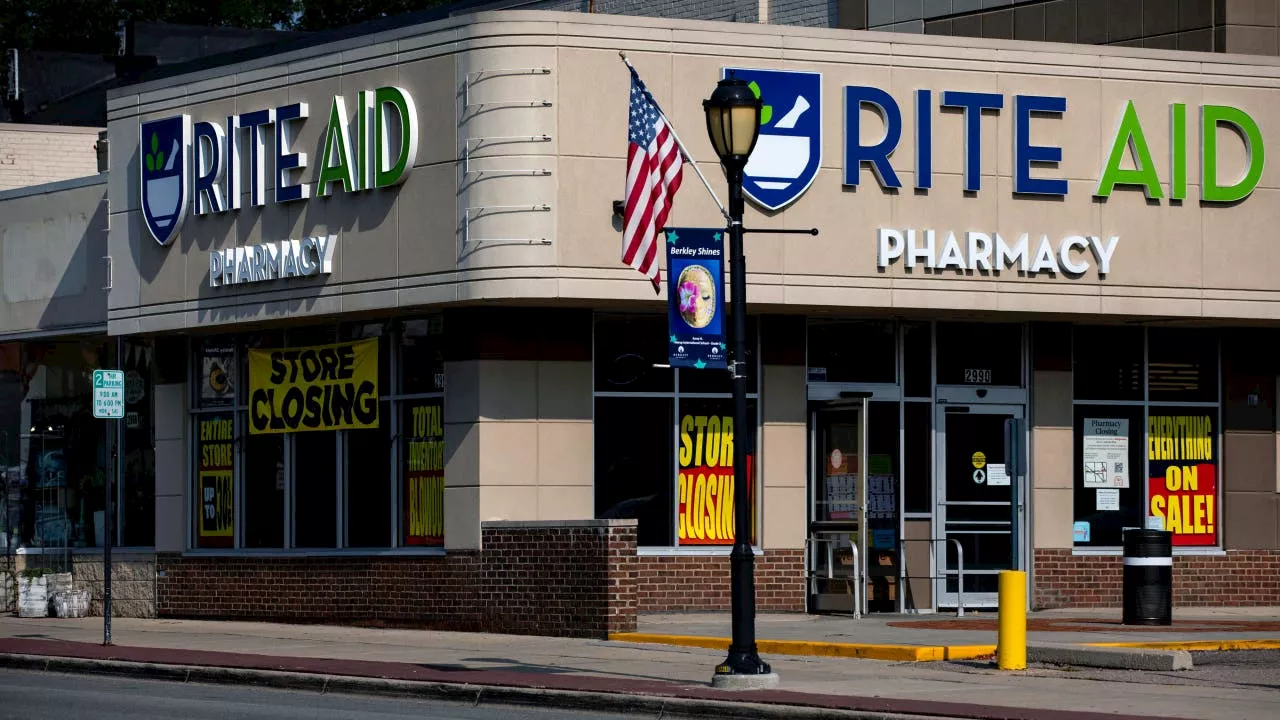Rite Aid, a once-prominent pharmacy chain in the United States, has officially closed all of its locations nationwide following a prolonged period of financial difficulties. The decision comes just months after the company filed for bankruptcy protection for the second time in under a year in October 2023. In a statement on its website, Rite Aid expressed gratitude to its customers for their support over the years.
The closures mark a significant shift in the retail pharmacy landscape. Rite Aid had previously attempted to restructure its operations by closing hundreds of stores in an effort to reduce its debt. At that time, CEO Matt Schroeder indicated that the company was seeking a buyer while navigating the complexities of the Chapter 11 bankruptcy process.
As Rite Aid pulls the curtain down on its operations, it joins a growing list of pharmacy chains facing similar challenges. Notably, Walgreens announced plans to close approximately 1,200 locations, while CVS is set to close over 1,000 stores by the end of this year as part of its own strategic restructuring efforts. This trend has raised concerns about the future of pharmacy access, especially in areas already classified as pharmacy deserts.
The closure of Rite Aid’s stores is expected to have a significant impact on communities, potentially limiting access to essential medications and healthcare services for many individuals. With the company’s assets, including pharmacy services, being sold to competitors such as Walgreens, CVS, Kroger, and Albertsons, the competitive landscape in the pharmacy sector is rapidly changing.
Retail experts have pointed out that some of Rite Aid’s financial issues were self-inflicted. Peter Cohan, an associate professor of management practice at Babson College, previously noted that the chain faced challenges that were exacerbated by its operational decisions. These closures highlight the ongoing difficulties traditional pharmacy chains encounter in adapting to a shifting retail environment.
As consumers look for alternatives, Rite Aid has directed customers to a page on its website for information on how to obtain and request prescription and immunization records, as well as guidance on transferring prescriptions to other pharmacies. The company’s exit from the market underscores the urgent need for strategic innovation within the pharmacy sector to ensure essential services remain accessible to all.
In summary, Rite Aid’s closure not only signifies the end of a historic brand but also raises important questions about the future of pharmacy access in America and beyond.
